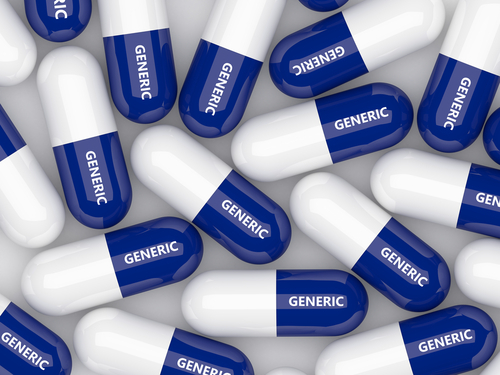INN also known as a generic name to identify pharmaceutical substances
UNI Jun 16, 2018
The cumulative list of INN now stands at some 7000 names designated since that time, and this number is growing every year by some 120-150 new INN.

The INN system as it exists today was initiated in 1950 by a World Health Assembly resolution WHA3.11 and began operating in 1953, when the first list of International Nonproprietary Names for pharmaceutical substances was published. International Nonproprietary Names (INN) identify pharmaceutical substances or active pharmaceutical ingredients. Each INN is a unique name that is globally recognized and is public property. A nonproprietary name is also known as a generic name.
Since its inception, the aim of the INN system has been to provide health professionals with a unique and universally available designated name to identify each pharmaceutical substance. The existence of an international nomenclature for pharmaceutical substances, in the form of INN, is important for the clear identification, safe prescription and dispensing of medicines to patients, and for communication and exchange of information among health professionals and scientists worldwide.
As unique names, INN have to be distinctive in sound and spelling, and should not be liable to confusion with other names in common use. To make INN universally available they are formally placed by WHO in the public domain, hence their designation as "nonproprietary". They can be used without any restriction whatsoever to identify pharmaceutical substances. Another important feature of the INN system is that the names of pharmacologically-related substances demonstrate their relationship by using a common "stem".
By the use of common stems the medical practitioner, the pharmacist, or anyone dealing with pharmaceutical products can recognize that the substance belongs to a group of substances having similar pharmacological activity. The extent of INN utilization is expanding with the increase in the number of names. Its wide application and global recognition are also due to close collaboration in the process of INN selection with numerous national drug nomenclature bodies.
The increasing coverage of the drug-name area by INN has led to the situation whereby the majority of pharmaceutical substances used today in medical practice are designated by an INN. The use of INN is already common in research and clinical documentation, while their importance is growing further due to expanding use of generic names for pharmaceutical products.
-
Exclusive Write-ups & Webinars by KOLs
-
Daily Quiz by specialty
-
Paid Market Research Surveys
-
Case discussions, News & Journals' summaries